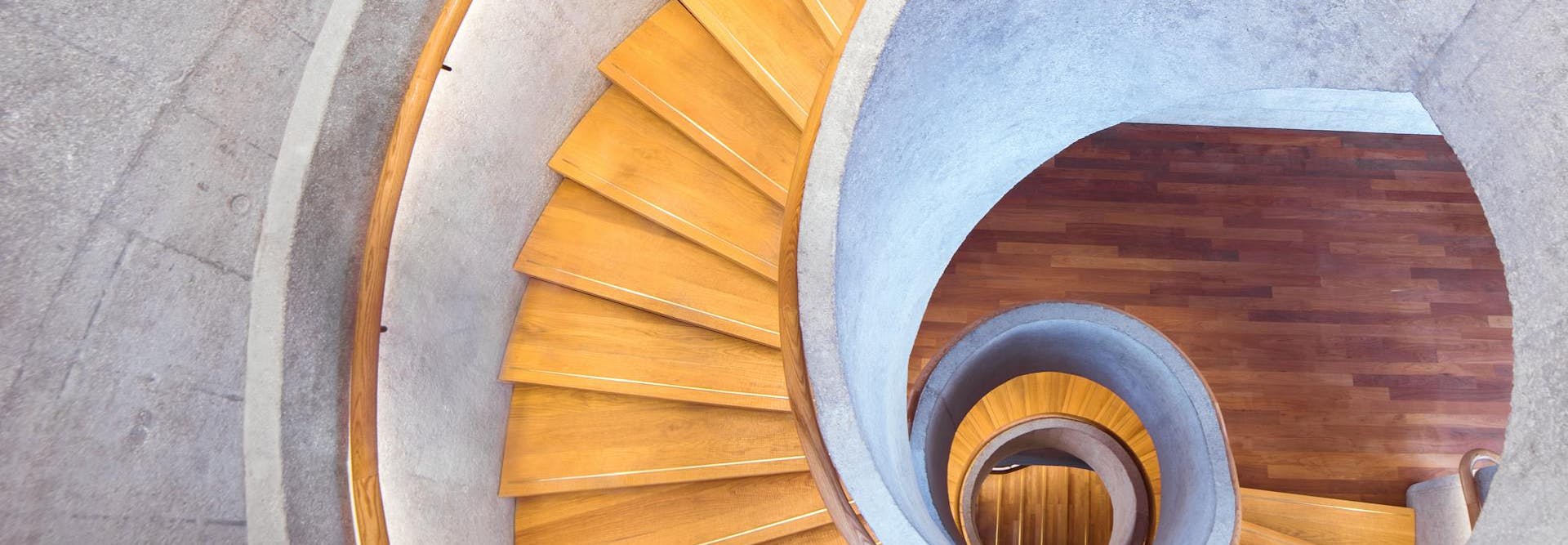
Working with Strata, Part 2: Design
James Barr
To build a digital product that stands out, you need to deliver meaningful outcomes.
A meaningful outcome is the direct result of solving the right problem, and doing it effectively. In our previous instalment, we talked about Product Management and its role in execution. But execution is worth little if it’s solving the wrong problem.
Related: Working with Strata, Part 1: Product Management
Identifying the right problem is absolutely critical, and at Strata that’s a design job. Great designers put a lot of effort into understanding users so that you build the things that matter to them and ignore the rest.
Confidence Starts With User Insight
Untested ideas rarely survive contact with the real world.
User research exists to challenge assumptions and sharpen the vision. Getting it right means stripping away bias, understanding what users actually need, and cutting straight to the core of the problem.

Story mapping separates must-have features from nice-to-have
Strata uses proven methods to build confidence in your product vision—so we can move forward with clarity, not guesswork.
- User Discovery. We connect directly with current or future users through interviews, surveys, and field observation—repeating the process until clear patterns emerge.
- Story Mapping. We turn those patterns into themes and document the tasks users need to perform. Then we rank them by urgency and importance, drawing a clear line between need-to-have and nice-to-have.
- User Flows. We break down the must-have stories step by step—often layering in more user interviews—to uncover decision points, friction, and opportunities to deliver real value.
Insight is the beginning—alignment is what turns it into action.
Alignment Without the Tug-of-War
Skip the endless debates: Make decisions visually, grounded in user insight, to get to alignment fast.
Strata accelerates projects by breaking decision-making into clear, focused steps that limit the number of concurrent choices. At every step, we produce concrete artifacts that keep teams aligned and the work moving forward.
- Research Analyses. We synthesize what we’ve heard from users into actionable insights: clear takeaways that help everyone understand what matters (and what doesn’t). We deliver these in easy-to-digest ways: short virtual presentations and executive-ready documents.
- Wireframes. We translate those insights into low-fidelity layouts that explore structure, flow, and intent. They’re quick to create, easy to change, and help your team agree on the high-level things early, before thinking about things like colour and style.
- Interactive Prototypes. We turn accepted wireframes into clickable, testable flows that simulate the full product experience. This gives stakeholders something real to react to before investing in actual code.
The result is a clear vision that’s easy to communicate, grounded in real needs, and built to get buy-in from product teams, execs, and end users alike.

Interactive prototype design for a mobile app
High Leverage, Low Lift
Stay in control—without getting stuck in the details.
We give you the structure, visibility, and momentum to make smart decisions without slowing down the work.
- Component & Style Design. Before full screens come together, we design the visual system piece by piece. Your design lead reviews components like buttons, forms, colours, and typography—shaping how the product looks and feels without slowing things down. Feedback sessions can take 15 minutes or an hour, depending on how deep you want to go.
- Validation & Iteration. We turn designs into interactive prototypes not just for internal review, but to validate them with stakeholders and real users. This gives us an early signal on what’s working, what’s not, and where to adjust. Each iteration increases the market value of your final product.
- Regular Checkpoints. We build a timeline and we stick to it. We check in every 1–2 weeks with clear updates: where we are, what’s next, key decisions to be made, and any action items on either side. When deliverables are ready, we share those too. You always know how the project is tracking—on schedule, on budget, and increasingly validated.
It’s a design process built to move fast and deliver real return.

Components in a unified design system
Design That Pays Off
From day one, we design with ROI in mind. Whether you’re aiming to drive revenue, reduce churn, save time, or streamline operations, the product has to deliver real business value—not just look good.
That starts with user needs right up front. We identify the problems worth solving, validate them with real people, and design iteratively toward outcomes. Each design step adds fidelity and confidence, increasing the likelihood that what we build will actually move the needle.
How do we keep ROI in focus?
- Outcomes drive our choices. Every decision ties back to a clear user need and a business goal: revenue, retention, cost savings, or time saved.
- We validate early and often. Prototypes are tested with real users and stakeholders before development begins. That gives us confidence we’re solving the right problems.
- We visualize decisions. Decisions are embedded into the designs—making them clear, easy to understand, share, and act on quickly.
- We hand off with precision. Developers get a fully thought-out product vision, spend less time guessing or rewriting, and have iterative support throughout the entire build.
Don’t guess that your product is going to work. From start to finish, our design process is built to maximize clarity, reduce waste, and deliver measurable value.
Design done right builds confidence and maximizes development velocity.
James Barr founded Strata Research in 2019 and pretends he knows things about design.
TAGS

